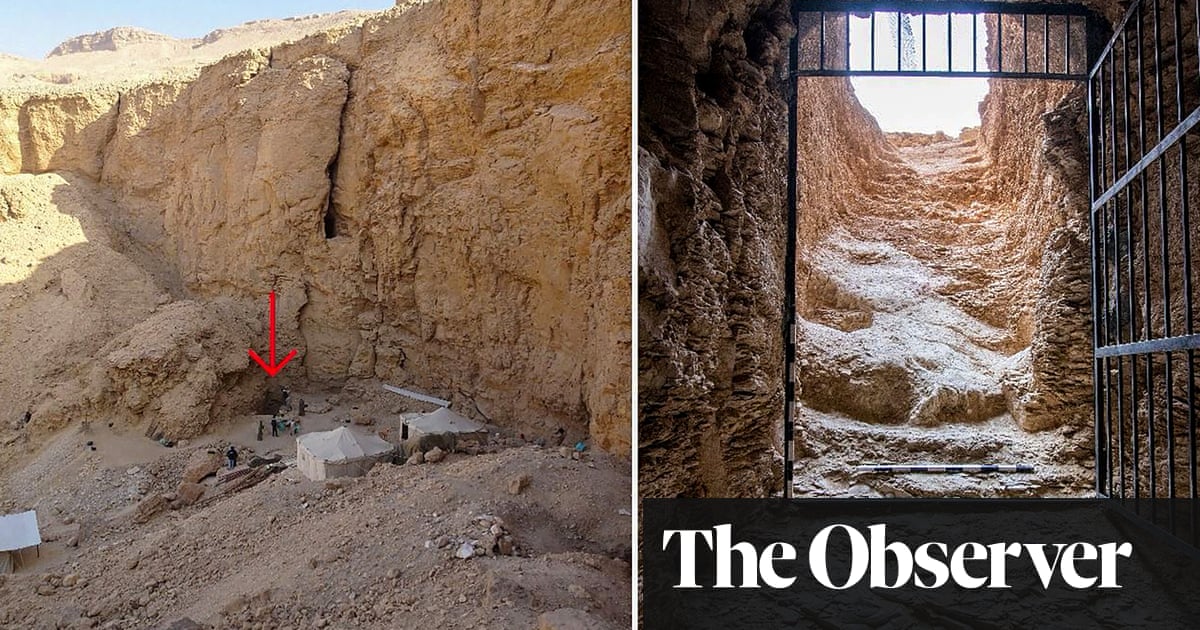Businesses are bracing for the economic impact of a second Trump presidency, which, if his campaign promises are to be believed, will mean tariffs across nearly all imports to the US, especially those from China.
But amid the gloom over the spectre of a renewed global trade war, some manufacturers may be looking to those who already have a playbook on dealing with aggressive US levies, such as China’s solar companies.
China all but owns the global solar market. Its share in every stage of the solar panel manufacturing chain exceeds 80%, according to the International Energy Agency. Last year it exported a record high of 227 gigawatts (GW) of solar panels – more than the entire installed solar capacity of the United States.
But virtually none of those panels were destined for the US. Less than 1% of the 54 GW of solar panels the US imported last year came from China.
More than a decade of US duties on Chinese solar cells and panels – which are expected to be ramped up further by Trump – have all but eliminated Chinese solar equipment from the US.
This has spurred some Chinese companies to rapidly shift and expand their supply chains overseas in what US government agencies allege is an attempt to dodge US levies – an alleged approach that may be setting an example for other manufacturers.
Because although less than 1% of the US’s solar imports come from China, more than 80% of them come from four countries in south-east Asia: Cambodia, Malaysia, Thailand and Vietnam. Last year, the US Commerce Department concluded that certain Chinese photovoltaic (PV) companies had been re-routing their supply chains through those countries in order to avoid US tariffs.
China’s major PV technology companies have been opening factories in south-east Asia since at least 2016. That year, the world’s third-largest solar manufacturer, Longi, expanded to Malaysia with its first overseas production base, and the launch of a Thai subsidiary. It also has a facility in Vietnam, and this year began construction of another Malaysian project and a joint-venture factory in the US. “The company’s shipment capabilities in the US market are expected to be enhanced,” it said in its 2023 annual report.
In 2022, Longi denied findings by the US Department of Commerce that a Vietnam subsidiary, Vina Solar, was among a number of Chinese companies circumventing tariffs by finishing products in south-east Asia, and said it was obeying US law.
But decision-makers in Washington see the expansions into south-east Asia very specifically as “an attempt to circumvent antidumping and countervailing duties”, said Cory Combs, associate director at Trivium China, a research company.
Longi denied the commerce department’s findings in 2022, and in its interim annual report this year said the “trade barriers” imposed on PV producers had “increased uncertainty” for companies, appearing to suggest that the global expansions were aimed at diversifying supply chains.
Last month, the commerce department announced new preliminary duties on several Chinese solar manufacturers that were exporting from Cambodia, Malaysia, Thailand and Vietnam. The decision follows a complaint from US solar panel companies that alleged Chinese companies were using their factories in those four countries to flood the US market with panels priced below their cost of production.
Longi was not among the solar manufacturers on the list, and it is not clear if the list includes one of its subsidiaries. Longi did not respond to repeated requests for clarification or comment.
Various US tariffs and antidumping duties have since been levied on the industry in the region at either country or company level, or in some cases both, and eyes are on the movements of Chinese industries.
Speaking generally, tariffs “are a bit like whack-a-mole”, said Marius Mordal Bakke, a senior analyst at Rystad Energy, a business intelligence company. As soon as import duties are targeted at one country, companies will up sticks and move to another. Rerouting supply chains costs money, “but as long as you can sell your product for three to four times as much in the US market, then it’s probably likely worth it.”
Next stop: the Middle East
The game of whack-a-mole now seems to be spreading to other parts of south-east Asia, such as Laos and Indonesia. In the first eight months of this year, US imports of solar goods from Indonesia reportedly nearly doubled to $246m, while shipments from Laos have also been surging.
The industry is also moving to the Middle East, said Combs.
“As south-east Asia gets hit harder and harder by these tariffs a lot of Chinese investors are moving into the [Gulf Cooperation Council, or GCC], particularly Saudi Arabia and the UAE and Oman. Does this happen quickly enough that the GCC becomes the next south-east Asia and then also gets hit with anti dumping and all that stuff? That’s already where the conversation is in DC.”
Chinese companies are well aware of the need to tariff-proof their businesses, and there are signs of plans being made to get ahead of Trump’s promised tariffs, on China and elsewhere.
Tongwei, China’s biggest solar company, said in its annual report that many Chinese photovoltaic companies have “started exploring new avenues for growth, including establishing manufacturing facilities overseas”, citing the US, the Middle East and Vietnam as examples, without elaborating on the company’s own plans.
The US solar market is relatively small. In 2023, it accounted for less than 10% of the solar panel global market, according to analysis by Lauri Myllyvirta, the lead analyst at the Centre for Research on Energy and Clean Air. Given over 93% of global production capacity for polysillicon – the raw material to make solar panels – is in China, it will be nearly impossible for the US solar industry to fully extricate itself from Chinese companies.
Indeed, the biggest risk to the Chinese solar industry from the incoming Trump administration may not be tariffs, but politics. “The solar industry in China has positioned itself to supply the solar equipment needed for a rapid global energy transition,” Myllyvirta said. “And it’s quite clear that the Trump administration is going to try and slow down that transition”.

 3 months ago
74
3 months ago
74













































